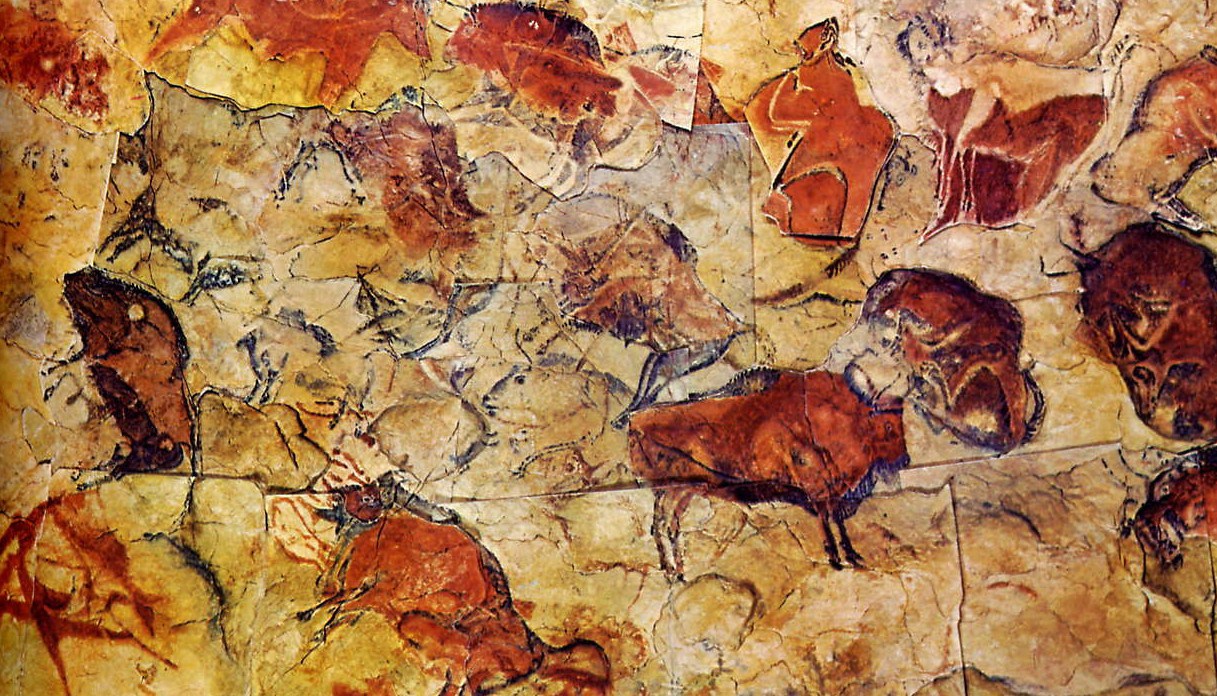Writing a newsletter about one's activities in the art world is an interesting exercice, I have decided. For many years now, I have written one every summer, mostly just to touch base with my friends and art collectors. Many people who have collected my art have become friends, which is one of the nicest bonuses of all.
When an artist sits down and reviews what has happened during the previous year, it is sometimes instructive. You can assess clearly whether you are making an effort to put your work out in the marketplace and what the results have been. Measuring yourself against your peers is another important aspect of trying to grow as an artist: acceptance in shows that are juried or curated by respected authorities in the art world is always a plus, particularly for one's resume. But more than that, it is a benchmark in the quest to improve one's artistic skills.
A review of a busy year can yield clues as to what activities have been the most successful; it can also show up what lacunae may need perhaps to be attended to in the future. Outreach can take many forms, from exhibits to talks to articles in the press, or - as with this blog - on the Internet. All these can help foster the image/brand that you are endeavouring to present to the world as an artist. The philanthropic side of art shouldn't be forgotten either; art can help people and causes in many different ways.
Over the years, however, I have also realised that the personal side of being an artist needs also to be alluded to a little in a newsletter. Artists are human beings, with a personal life, and it influences hugely what sort of art is produced. I found that out very clearly earlier this year when illness and my husband's illness almost obliterated any energies for art for a while.
Gerard ter Borch in his famous painting: Woman writing a letter, oil on panel, 1655, (Image courtesy of the Mauritshaus, The Hague)
Johannes Vermeer, A Lady Writing (c. 1665); oil on canvas. Gift of Harry Waldron Havemeyer and Horace Havemeyer, Jr., in memory of their father, Horace Havemeyer. National Gallery of Art
Lady writing a letter with her Maid, c.1670, (oil on canvas) by Jan Vermeer,(Image courtesy of the National Gallery of Ireland )
It can be very encouraging to see that despite the feeling that one has accomplished little in the previous twelve months, there are in fact exhibitions, actions and results to reassure one that, yes, I am a professional artist. Somehow, twelve months rush on in headlong fashion and it is easy to forget what has been accomplished. Try doing a yearly review and share your successes with your friends and collectors. It can be a worthwhile exercice.





